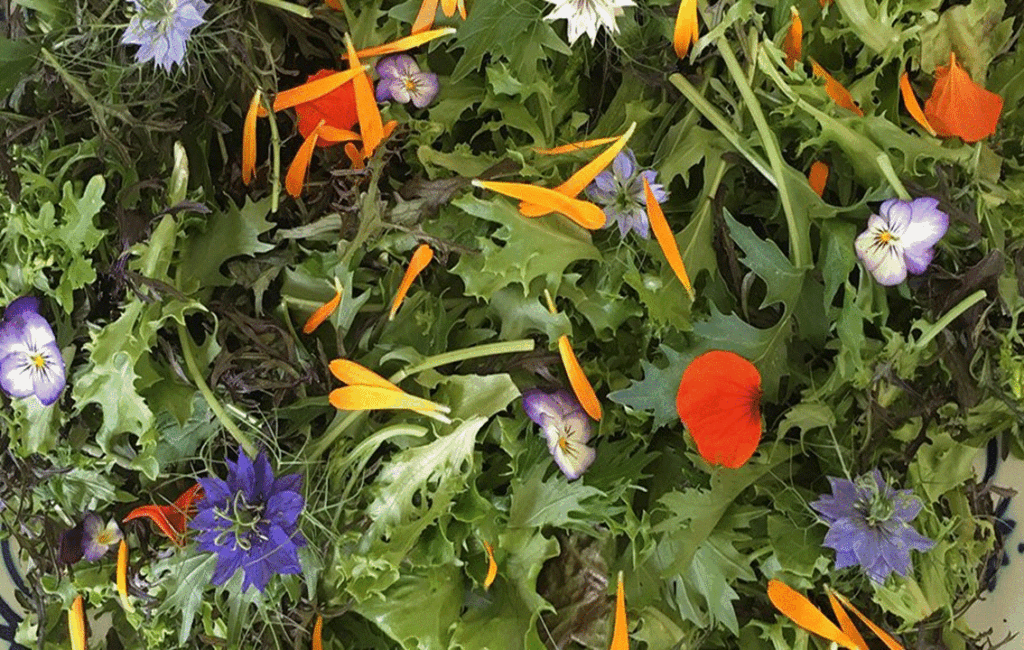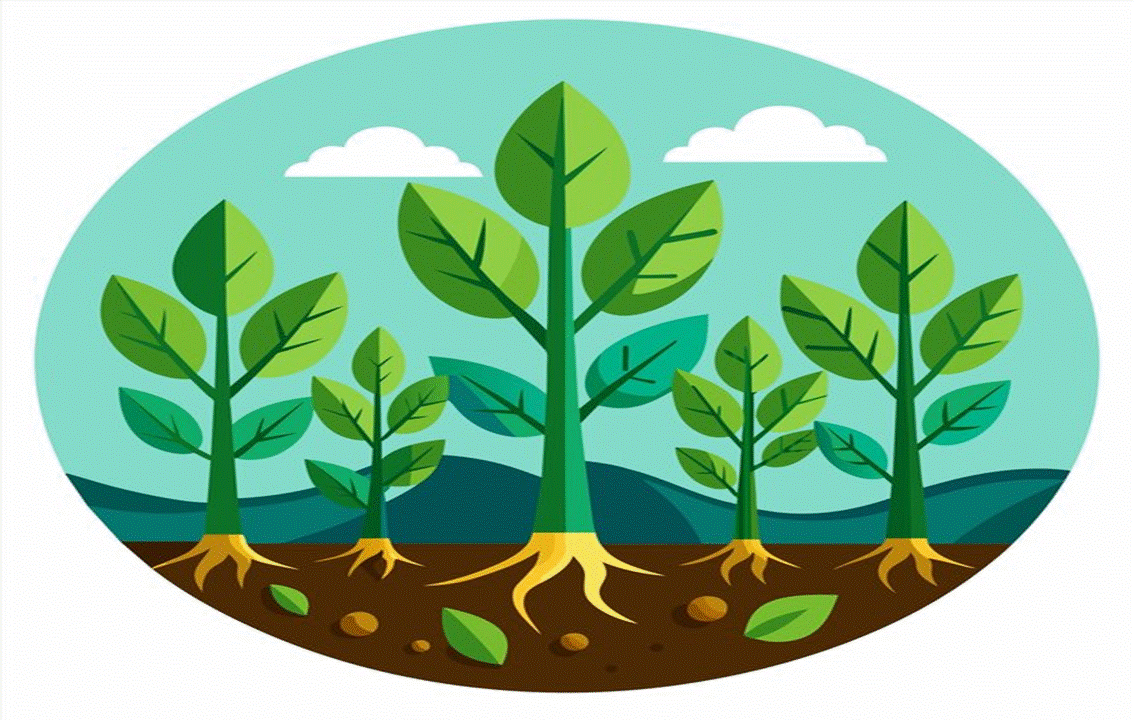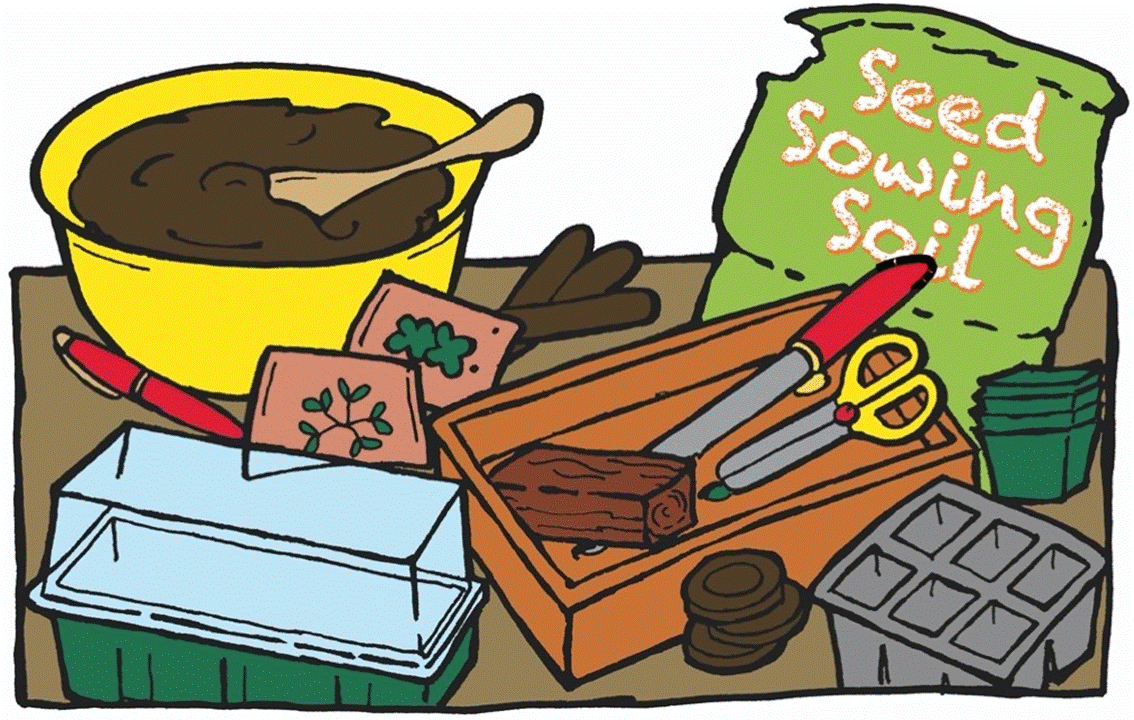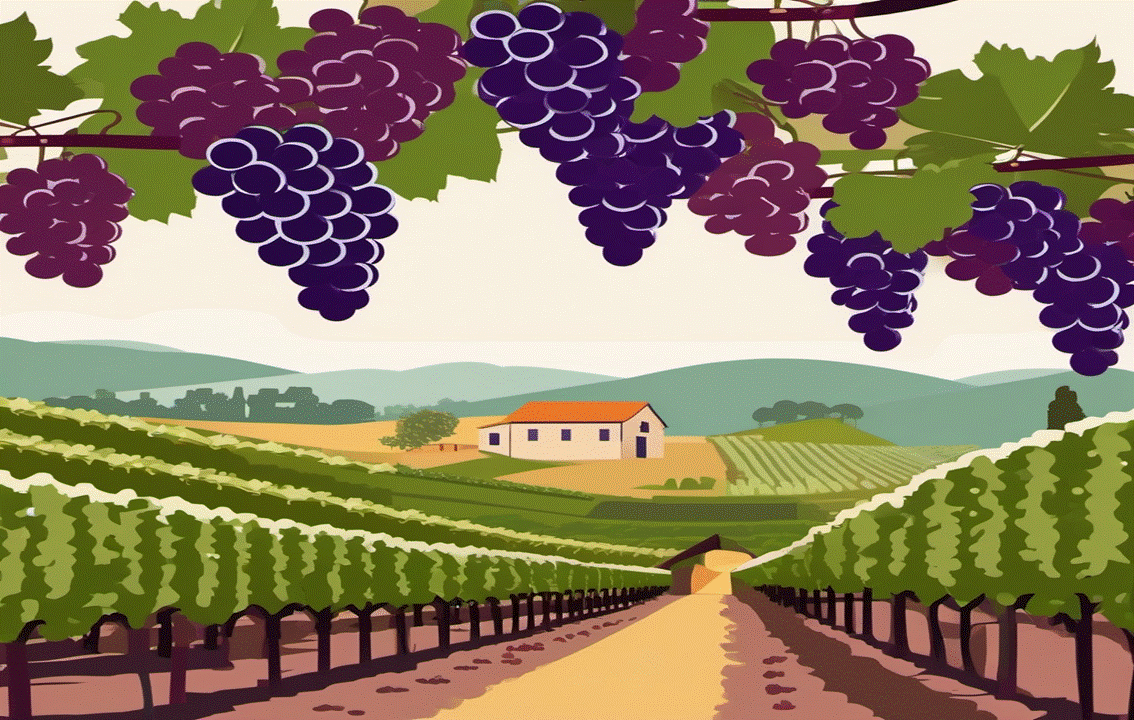THE BENEFITS THAT EDIBLE FLOWERS OFFER
Growing edible flowers can be a delightful and rewarding addition to most organic gardens. Not only do they add colour to the garden, but they also provide unique flavours with nutritional benefits. There are several varieties so choosing the rights ones can be a little daunting. A good organic compost or well-rotted manure should also be used to enrich the soil and it is also good practice to employ the use of organic fertilizers like fish emulsion or compost tea during the growing season. Most edible flowers thrive in the sun and spacing guidelines for each flower type should be strictly followed to improve yield. These flowers also require consistent watering, especially during dry spells and natural pesticides, such as neem oil or insecticidal soap should be used to encourage beneficial insects that will naturally repel pests. These flowers should be harvested in the morning when flowers are fresh and open, vibrant blooms should be snipped with a pair of sharp gardening scissors to avoid damaging each plant. All flowers should be gently washed before use.
Some popular edible flower to cultivate
Nasturtiums: This mainly orange and yellow coloured flower is used in salads and has a sharp spicy flavour.
Calendula: This mainly orange, yellow and pink coloured flower is used in salads and infused teas and has a light fruity flavour.
Violaceas: This mainly purple-coloured flower is used as a garnish and has a fragrant and sweet taste.
Squash Blossoms: This mainly yellow-coloured flower is used in general cooking and has a delicate yet rich taste.
Chive Blossoms: This mainly purple-coloured flower is used in dressings and has a mild onion-like flavour.
Borage: This mainly bright blue flower is used in beverages and has a cucumber-like flavour.
Lavender: This mainly purple flower is used in desserts and infused in teas and is both fragrant and sweet.






